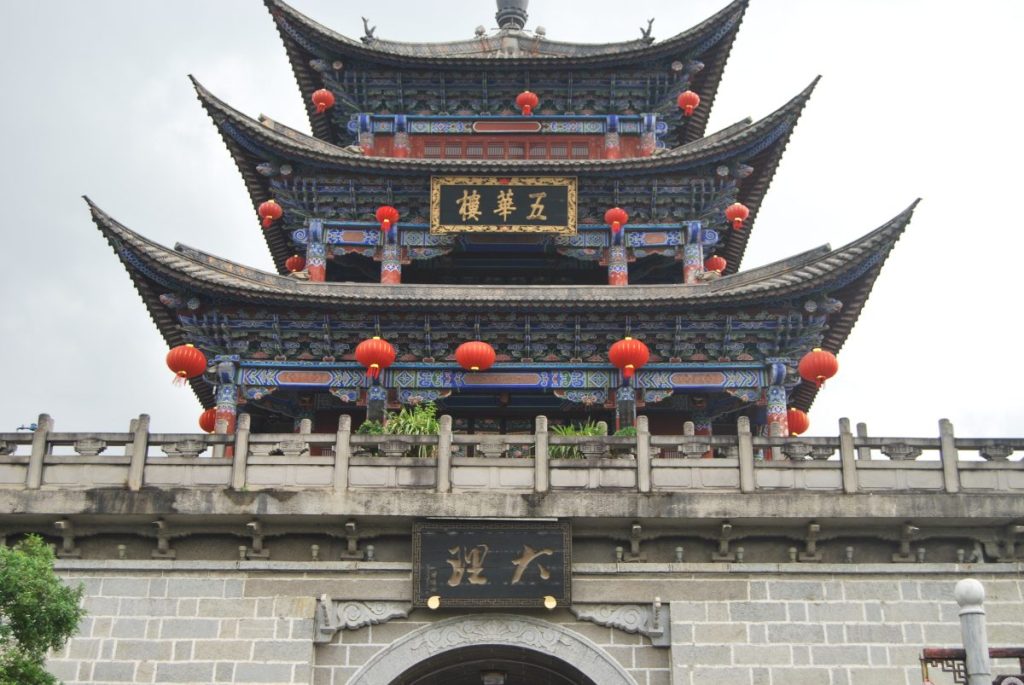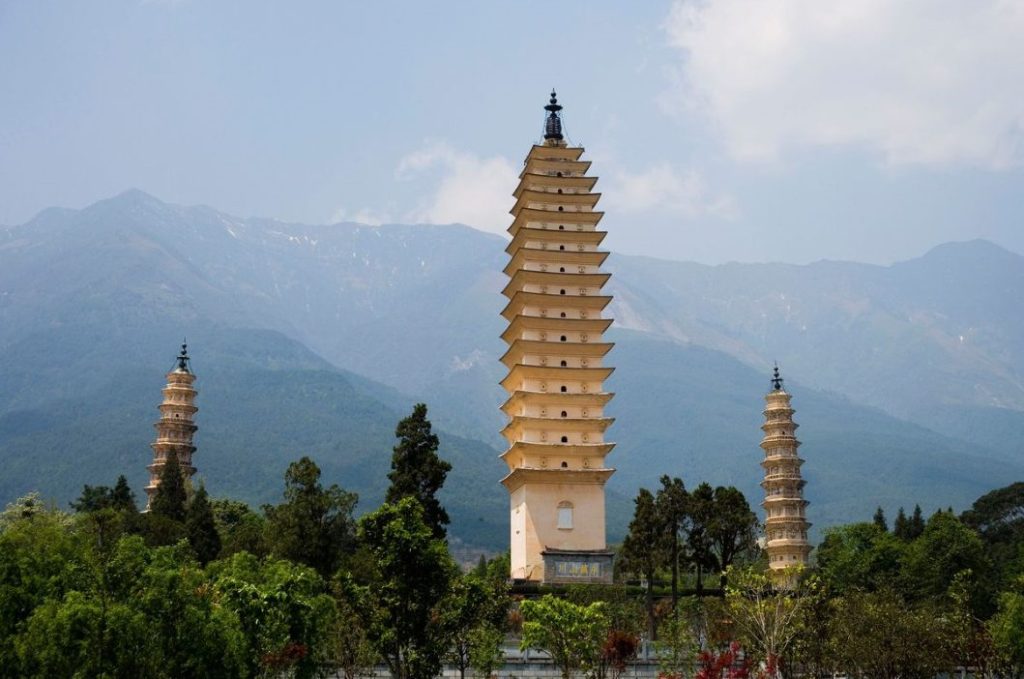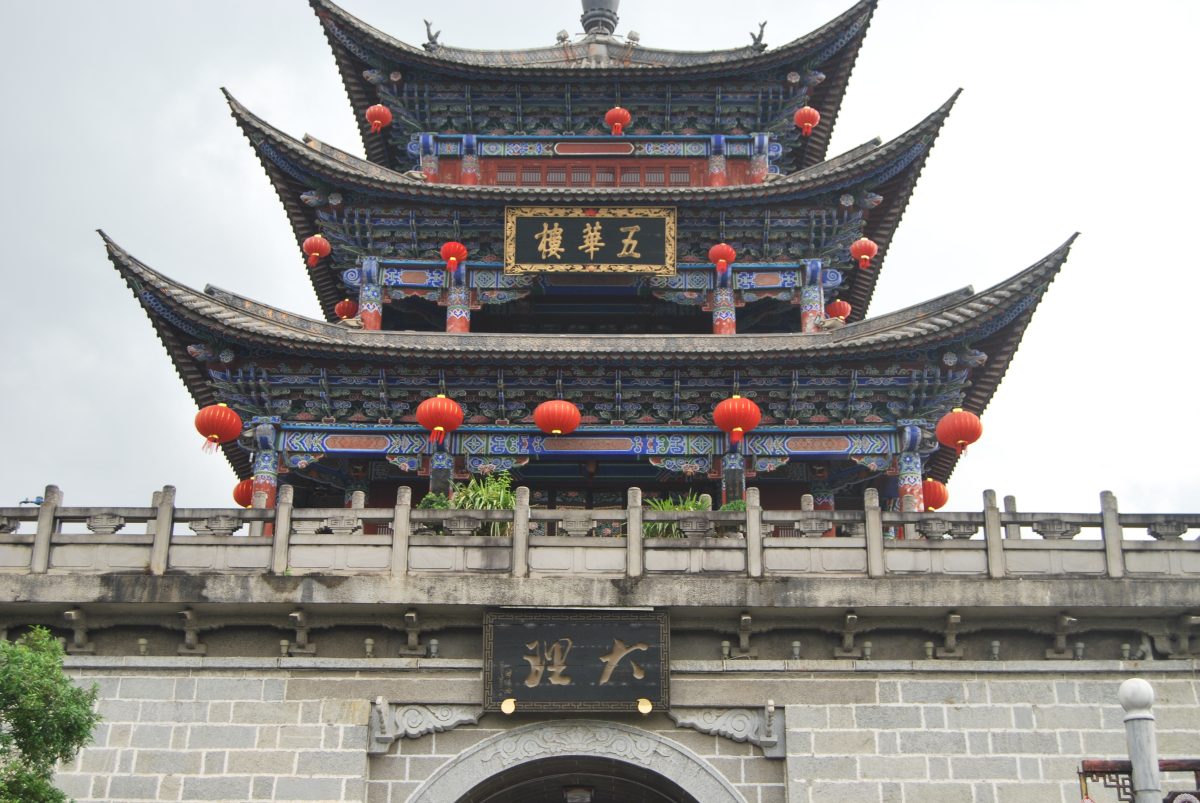Located in western Yunnan, Dali Old Town is a thousand-year-old city with its back to the Cangshan Mountains and its face to the Erhai Sea.
It was once the ancient capital of the Nanzhao Kingdom (738-902) and the Dali Kingdom (937-1253), witnessing the glorious history of the southwest frontier.
During the Hongwu period of the Ming Dynasty (the end of the 14th century), the Old Town was rebuilt on the original site, forming a unique “checkerboard” layout of streets and alleys – with crisscrossed green stone roads and the flying eaves of Bai dwellings spreading out like the wings of a bird, which still retains a strong historical flavor.
Dali Old Town, as an important post on the ancient Tea Horse Road, was once a trading hub where caravans gathered, and Bai, Han, Naxi and other ethnic groups mingled here, forming a tolerant and open cultural atmosphere.
Table of Contents
Recommended Attractions

Core Area of Dali Old Town
Fuxing Road and People’s Road: The north-south Fuxing Road is the central axis of the Old Town, along which Bai architecture and modern cultural and creative stores coexist harmoniously; the east-west People’s Road is full of life, with lively night markets and handicraft stalls.
Wuhua Tower: Climbing the tower, you can overlook the entire Old Town, see the Cangshan Mountains as a screen and the Erhai Sea as a mirror, and feel the magnificent pattern of “the blue water around the Cangshan Mountains, the Cangshan Mountains embracing the Old Town”.
Foreigner Street (Guoguo Road): Named after the gathering of foreign backpackers in the early years, the street is now lined with cafes and handicraft stores, and is an excellent place to experience the collision of Chinese and Western cultures.
Tie-dyeing workshop: experience the non-heritage skills of the Bai people, using needle and thread to tie patterns on fabrics, and then dip-dyeing them to get the unique “Dali Blue” souvenirs.

Three Pagodas of Chongsheng Temple
The Three Pagodas of Chongsheng Temple are a landmark of Dali, standing in a zigzag shape with the Cangshan Mountain at their backs and reflecting the Erhai Sea.
The main pagoda “Qianxun Pagoda” is 69 meters high, which is a brick pagoda with dense eaves in Tang Dynasty, and more than 600 pieces of cultural relics of Nanzhao Kingdom have been unearthed in the pagoda.
Inside the temple, Buddhist mural paintings and Bai architectural style are blended, and the solemnity of the quiet beauty.
Erhai Lake Experience
Longkan Pier: Early in the morning, you can watch the sunrise over the Erhai Sea, the sunlight will fall on the lake, and groups of seagulls will skim over the surface of the water, which is just like a dynamic oil painting.
S Bay in Panxi Village: The curved coastline and the blue sky and white clouds form a natural picture frame. Rent a bicycle and ride slowly, taking a picture of it is a postcard-quality scenery.
Shuanglang Ancient Town: The northeast coast of the Erhai Sea is the “C position for viewing”, where you can see the whole of the Cangshan Mountains from afar, and Yang Liping’s Sun Palace Art Space is also located here.
Xizhou Ancient Town
Compared with the bustle of Dali Old Town, Xizhou is more quiet and simple.
Jiaojiaolou: the former site of the Republic of China merchants, the yellow walls and gray tiles witnessed a hundred years of wind and rain.
Four Seasons Rice Paddy: The emerald green rice paddies in summer and golden wheat paddies in fall, together with the background of Cangshan Mountain, it is like stepping into the animation world of Hayao Miyazaki.
Xizhou Baba: local specialty snack, crispy skin wrapped in rose sugar filling, sweet but not greasy.
Dali 3 Days Travel Guide
Day 1: Dali Old Town Culture Experience
Morning: Stroll along Fuxing Road, climb up to Wuhua Tower overlooking the Old Town, visit the tie-dye workshop.
Afternoon: Visit the Three Pagodas of Chongsheng Temple to experience Buddhist culture and history.
Evening: Listen to folk songs and enjoy rice noodle in casserole at the tavern near Erhai Gate.
Day 2: Erhai Riding and Shuanglang Slow Life
Early morning: watch the sunrise at Longkang Pier, ride to Caicun Pier (about 5 kilometers).
Lunch: Take photos at S Bay in Panxi Village, recommend hot and sour fish for lunch.
Afternoon: drive to Shuanglang, visit the Sun Palace, overnight in a sea view B&B.
Day 3: Xizhou Fields and Zhoucheng Tie-Dyeing
Morning: Xizhou Ancient Town, visit the rice fields, taste the poi, visit the Yan Family Residence (a model of Bai nationality residence).
Afternoon: Experience tie-dyeing in Zhoucheng Village and make an exclusive square scarf or T-shirt.
Cultural and Specialty Experiences
Traditional Market: The “March Street” on the 15th day of the 3rd lunar month is a thousand year old tradition of the Bai people’s market, where you can buy herbal medicines and handicrafts.
Art Collision: The Bed Linen Factory Art Zone is a collection of independent galleries and design studios, showcasing Dali’s modern literary and artistic genes.
Nightlife: Stray singers play on Renmin Road, and you can feel the magic of “slowing down time” under the starry sky.
Must-eat Cuisine
Roasted Milk Fan: thin slices of milk are roasted until slightly charred and rolled in rose sauce for a creamy flavor.
White Three Way Tea: Bitter, sweet and savory, symbolizing the philosophy of life.
Practical Tips
Avoid the peak season (Spring Festival, National Day), choose the off-season travel experience is better.
Dali has strong ultraviolet rays, so be sure to bring sunglasses, hats and SPF50+ sunscreen.
Whether you are a history buff, a photography enthusiast, or simply a traveler who wants to “spend time in vain”, Dali can always embrace you with its contradictions and harmonies – there is a Netflix cafe hidden under the Old Town wall, and there is a wine bar next to the tie-dyed old cloth.
Here, time will become soft, and stories are quietly growing.
